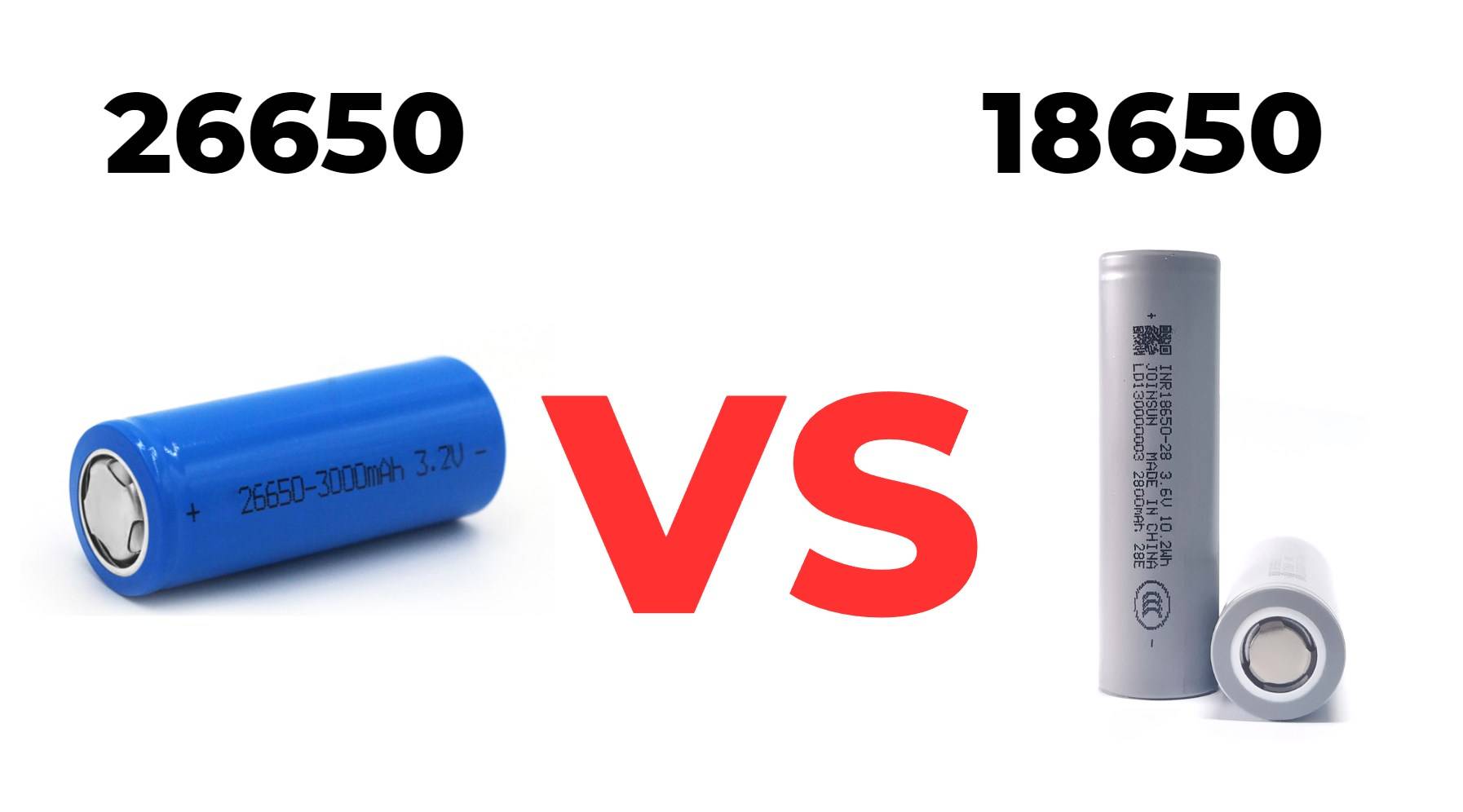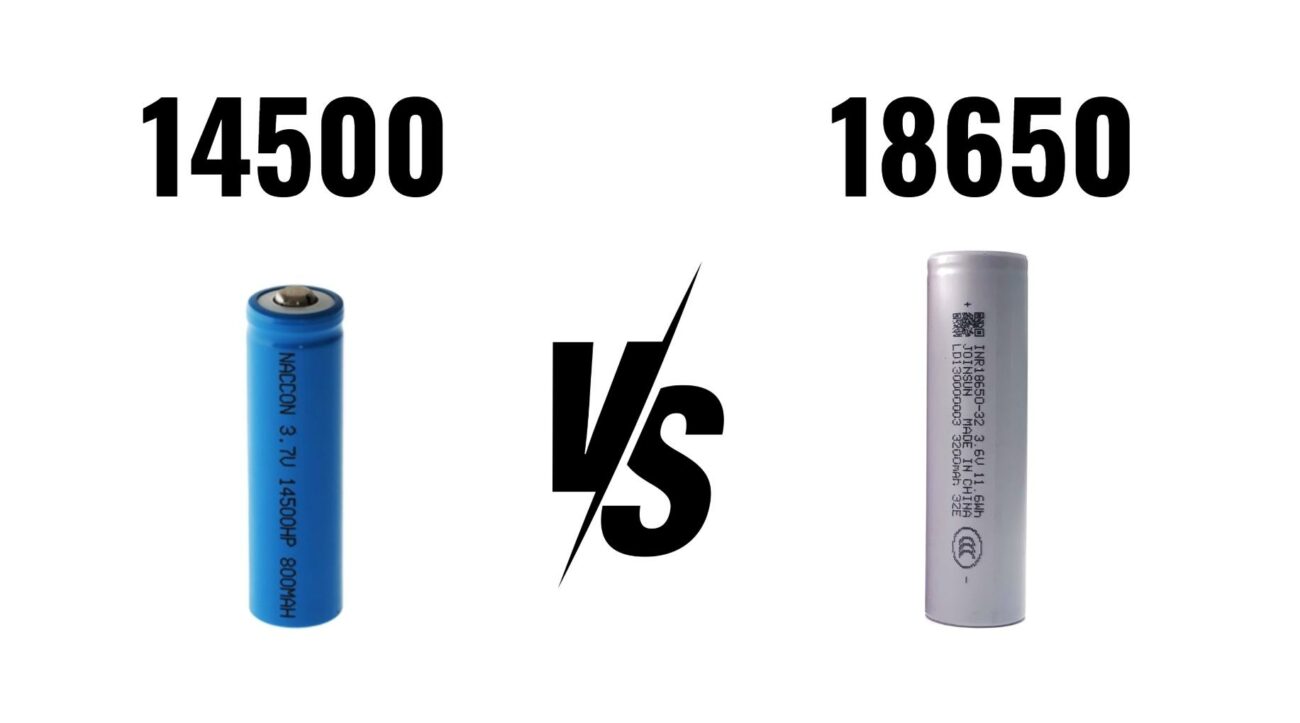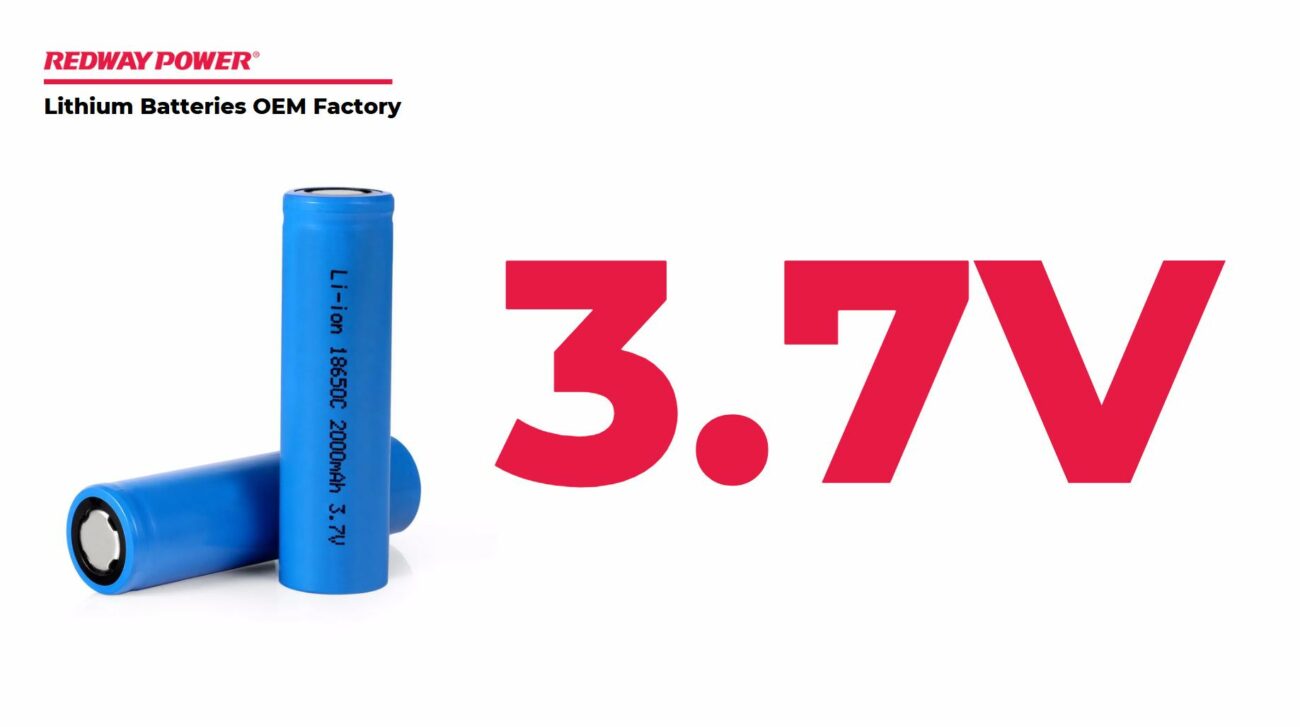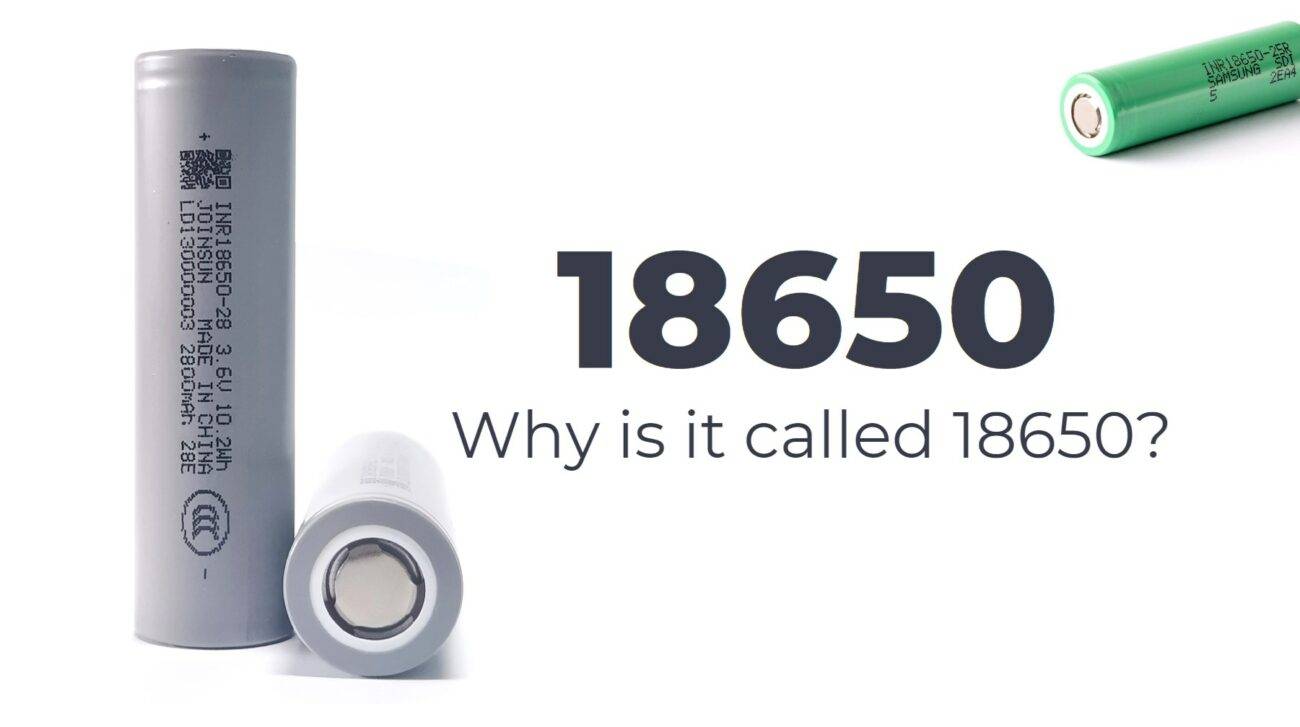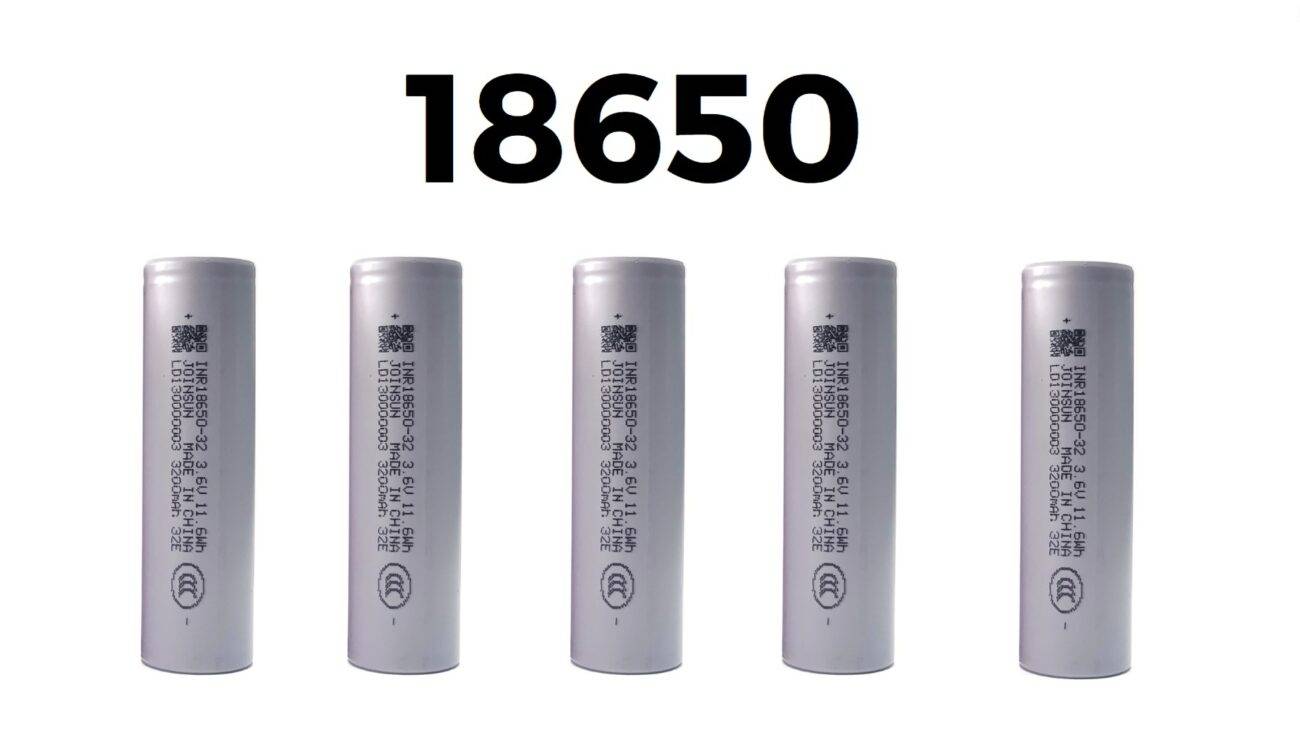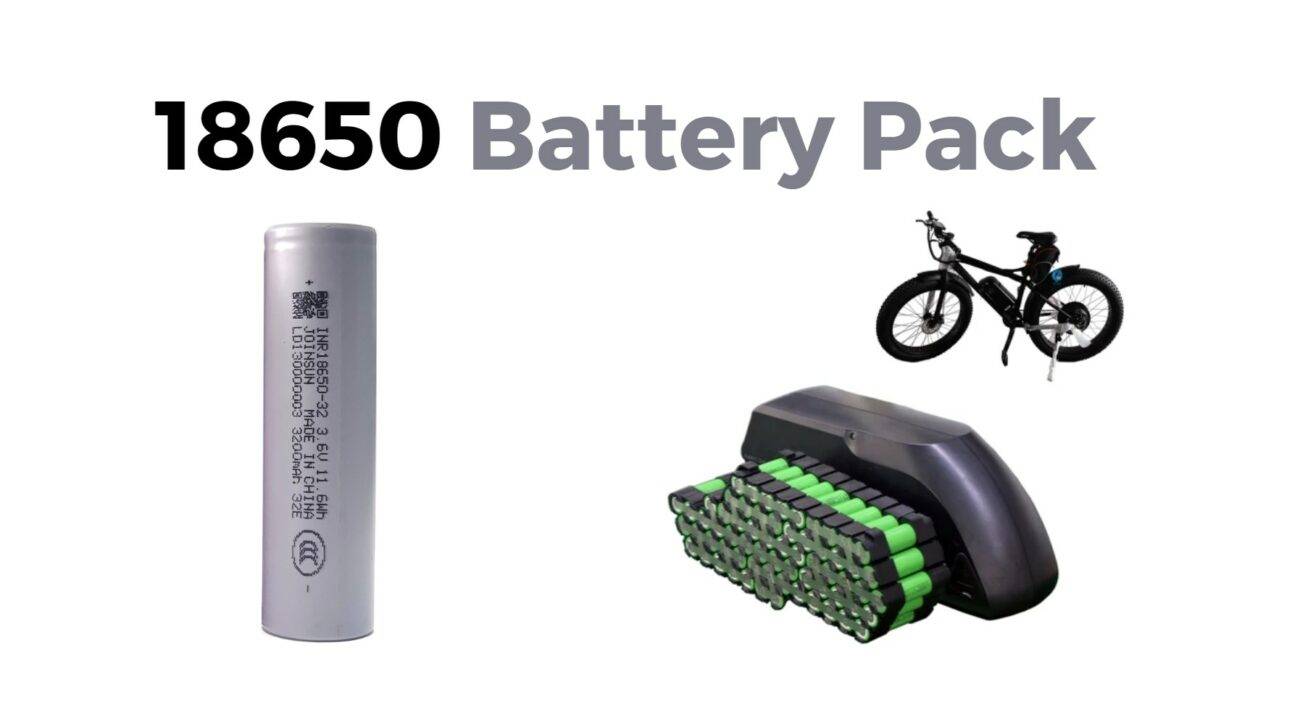Understanding the differences between 26650 and 18650 batteries is essential for selecting the right power source for your devices. Both types are widely used lithium-ion rechargeable batteries, but they differ significantly in size, capacity, applications, and performance. This comprehensive comparison will help you make an informed choice based on your specific needs.
What are the dimensions of 26650 and 18650 batteries?
The 26650 battery has a diameter of approximately 26 mm and a length of 65 mm, while the 18650 battery measures 18 mm in diameter and 65 mm in length. This size difference impacts compatibility with various devices, as the larger 26650 can store more materials inside, which contributes to its higher capacity.
| Battery Type | Diameter (mm) | Length (mm) |
|---|---|---|
| 26650 | 26 | 65 |
| 18650 | 18 | 65 |
How do the capacities of 26650 and 18650 batteries compare?
In terms of capacity, 26650 batteries typically have a higher range, usually between 4000 mAh to about 6000 mAh, while 18650 batteries generally range from 1200 mAh to about 3600 mAh. This higher capacity allows devices powered by 26650 cells to operate longer between charges.
| Battery Type | Typical Capacity (mAh) |
|---|---|
| 26650 | 4000 – 6000 |
| 18650 | 1200 – 3600 |
What are the typical applications for each battery type?
The applications for these two types of batteries vary based on their characteristics. The 18650 battery is commonly used in portable electronics such as laptops, power tools, and electric vehicles due to its larger capacity. In contrast, the 26650 battery is often found in high-drain applications such as power tools, electric vehicles, and energy storage systems due to its higher capacity.
| Battery Type | Typical Applications |
|---|---|
| 26650 | Power tools, electric vehicles, energy storage |
| 18650 | Laptops, flashlights, vaping devices |
How does the energy density of these batteries differ?
Energy density refers to how much energy can be stored relative to their size. The 26650 battery generally has a higher energy density compared to the 18650, allowing it to store more energy in a similar volume. This characteristic makes it more suitable for applications where space is limited but high capacity is required.
| Energy Density Comparison | Energy Density (Wh/kg) |
|---|---|
| 26650 | ~250 – ~400 |
| 18650 | ~150 – ~250 |
What are the key specifications of these batteries?
The specifications that differentiate these two batteries include their voltage ratings, discharge rates, and cycle life. Both types typically operate at a nominal voltage of around 3.6V to 3.7V, but their discharge rates can vary significantly. The 26650 can handle higher discharge rates due to its larger size.
| Specification | Comparison |
|---|---|
| Voltage | Both operate at ~3.6V – ~3.7V |
| Discharge Rate | Higher for 26650, suitable for high-drain devices |
| Cycle Life | Generally longer for 26650 |
How do these batteries perform in high-drain applications?
In high-drain scenarios, such as powering electric vehicles or heavy-duty tools, 26650 batteries outperform 18650 batteries due to their ability to deliver higher current without significant voltage drop. This capability makes them ideal for applications requiring sustained power output over extended periods.
| Performance Characteristic | Comparison |
|---|---|
| Current Handling | Superior in 26650, ideal for high-drain |
| Voltage Stability | More stable under load with 26650 |
What advantages does each battery type offer?
Both battery types have unique advantages based on their design:
- 18650 Batteries: Compact size makes them versatile for portable electronics; widely available.
- 26650 Batteries: Higher capacity allows longer usage times; better suited for high-drain devices.
| Advantage | Battery Type |
|---|---|
| Compact Size | 18650 |
| Higher Capacity | 26650 |
How do you choose between a 26650 and an 18650 battery?
Choosing between these two types depends on your specific needs:
- Application Requirements: For portable devices, opt for 18650. For high-drain or larger devices, select 26650.
- Space Constraints: If space is limited, 18650 may be more suitable.
- Power Needs: If longer runtimes or higher power output are necessary, 26650 is preferable.
| Selection Criteria | Considerations |
|---|---|
| Application Requirements | Choose based on device needs |
| Space Constraints | Opt for smaller size if needed |
| Power Needs | Select based on desired performance |
Buy Wholesale Battery Tips
For those interested in purchasing bulk or OEM orders, partnering with reputable manufacturers like Redway Battery, known for their expertise in lithium technology over their 13 years in the industry, is essential. They provide comprehensive support throughout the ordering process, ensuring high-quality products tailored to specifications. To make OEM orders successfully:
- Clearly identify your requirements.
- Contact Redway Battery’s sales team with your specifications.
- Discuss customization options based on your needs.
- Finalize agreements on pricing and delivery timelines.
Industrial News
The demand for lithium-ion batteries continues to rise as industries shift towards renewable energy solutions and electric vehicles. Recent advancements focus on improving energy density and safety features across various types of lithium-ion cells, including both 18650 and 26650, making them increasingly viable options for modern technology applications.
Redway Expert Views
“Understanding how to choose between 26650 and 18650 batteries is crucial for optimizing device performance,” states an expert from Redway Battery. “Both types have unique benefits that cater to different applications.”
FAQ Section
- What is the main difference between a 26650 and a 18650 battery?
The primary difference lies in size; 26650 has a larger diameter (26mm) compared to 18650 (18mm), allowing it to hold more energy. - Which battery type offers better performance?
Generally, 26650 batteries provide better performance due to their higher capacity compared to 18650 cells. - Can I use both types interchangeably?
No, due to differences in size and capacity; using them interchangeably can lead to performance issues or damage.


